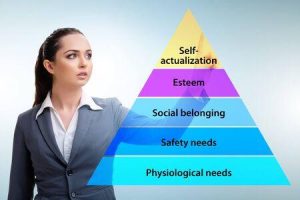Leadership and Empathy

While learning about Emotional Intelligence, many people find it difficult to understand why empathy is an important competency for leadership. Some people proudly proclaim that they don’t have much empathy, while others roll their eyes about this “warm and fuzzy” virtue.
But what people fail to realize is that when we show lack of empathy in our daily lives, it serves as a roadblock not only to our relationships but also to our coaching abilities.
Empathy is the ability to read other people and see things from their perspective.
It involves tuning into body language, facial expression, posture and tone. When we show empathy we “hear” the whole message both verbally and non-verbally. We work to understand rather than projecting our own interpretation of reality on them.
Continue reading “Leadership and Empathy” →









